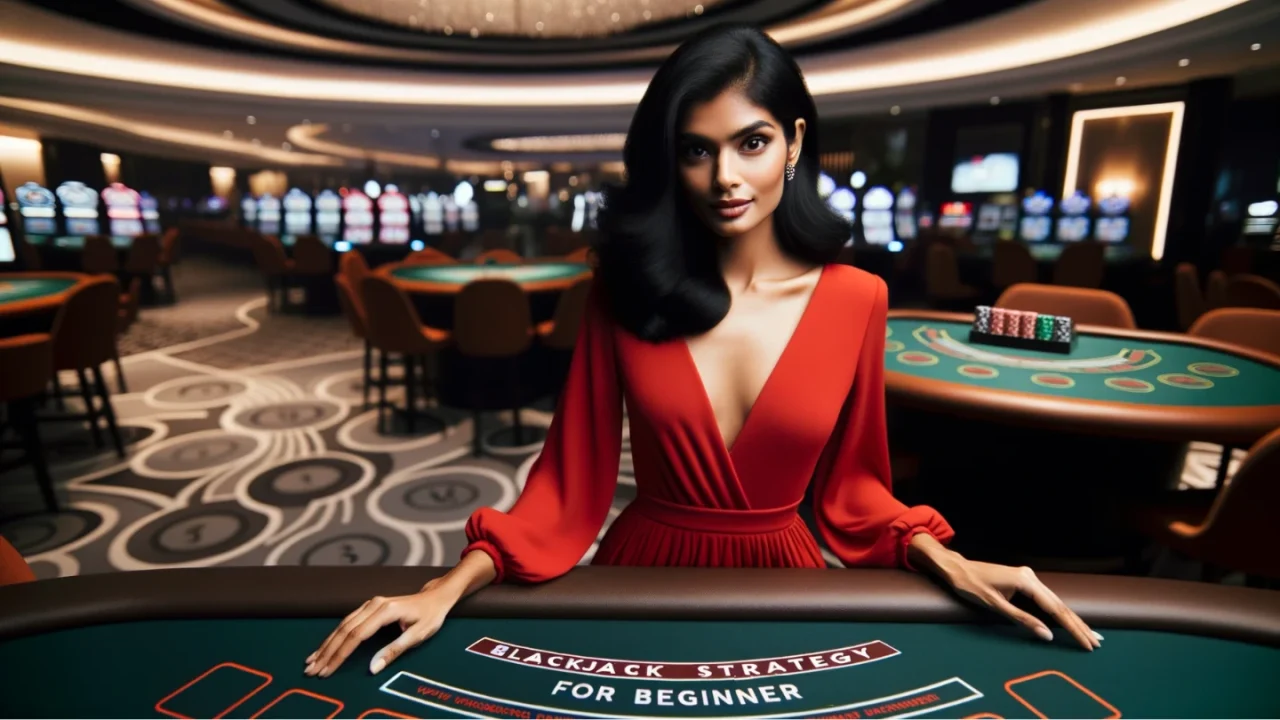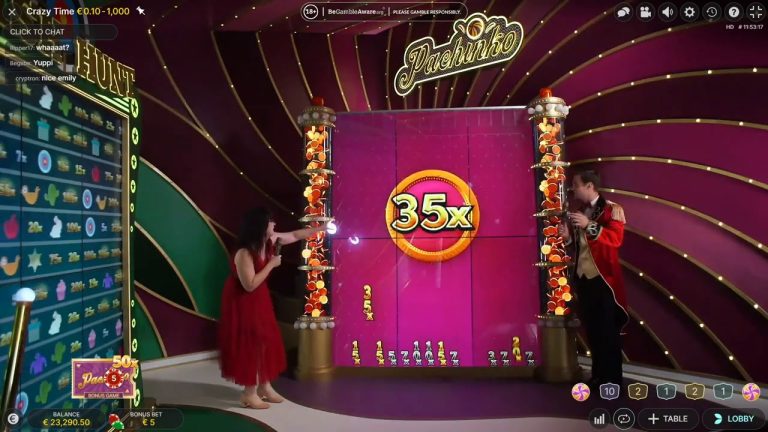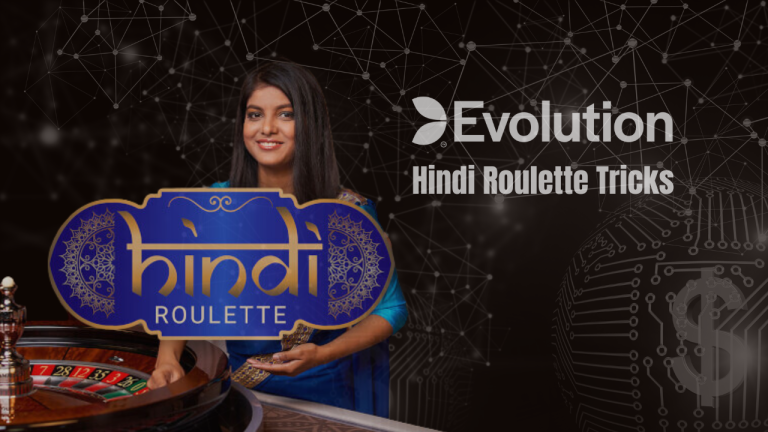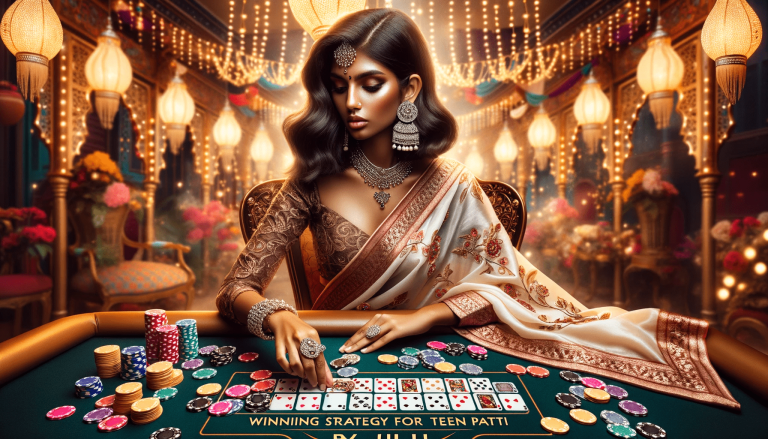Solid Blackjack Strategy for Beginner
Both online blackjack, the classic ones, or even in a live version, a solid and specific blackjack strategy is needed. Find out the best strategies here!
Summary & Key Takeaways
ShowGet up to ₹20,000 Bonus Every Week!
Get up to ₹20,000 Bonus Every Week!
- Fastest Indian Rupees Withdrawals
- The Biggest Bonuses in India
- 300% Welcome Bonus up to ₹10,000
Making the Right Move: Blackjack Basic Strategy

Blackjack is unique among casino games because players can have a significant impact on the game’s outcome.
To truly excel at blackjack, one needs a deep understanding and proficiency in the game’s skills. Many have tried, but only a few have emerged as true blackjack experts.
If you’re keen to become an expert, it’s crucial to start with the basic strategy of blackjack. Despite its name, the basic strategy isn’t just for starters.
It’s the best method to play blackjack without resorting to card counting. While using the basic strategy alone might not lead to regular wins, it can notably decrease the casino’s edge.
In this article, we’ll provide a comprehensive overview of the basic strategy and discuss adjustments you might consider based on various game types.
By the conclusion, you’ll have the tools to approach blackjack with a strategy that narrows the gap towards a break-even game.
Hitting, Standing, and Doubling Down in Blackjack
In blackjack, the key decisions revolve around when to hit and when to stand. Given that these choices arise every hand, mastering them is crucial.
Furthermore, hard hands have a fixed value throughout the hand, making the gameplay more conservative.
If your hard hand totals over 11, it’s generally advisable to stand. Out of 60 possible hard hand combinations that total 12 or more, 27 should be played as “hits” and 33 as “stands”.
The nature of soft hands means they can hold two potential values, thanks to the ace that can be counted as one or eleven. This inherent flexibility encourages a more aggressive approach.
Out of 80 possible soft hand combinations, 59 are best suited for hitting or doubling down. Only those with the highest values should be played as “stands”.
1. Player’s 13 vs. Dealer’s 5
Facing a total of 13 against a dealer’s 5 presents an interesting decision. While your score of 13 is decent, it’s not ideal. You’re eight points shy of 21.
Drawing an Ace, 2, 3, 4, 5, 6, 7, or 8 will enhance your score. However, picking a 9 or any ten-valued card will cause a bust. So, what’s the best move?
Beginners often lean towards taking another card to boost their total. Yet, statistically speaking, this isn’t the wisest choice. Here’s why:
- Drawing another card presents a 39% risk of busting for you.
- Conversely, when the dealer displays a 5, they face a slightly higher 42% likelihood of busting.
Considering these odds, it’s more strategic for you to stand on 13 and bet on the dealer busting.
Another advantage for the player is the dealer’s constraint: they can’t stand on 15. They’re bound to hit until reaching a minimum of 17.
2. Player’s 16 vs Dealer’s 7
When you face a total of 16 is a challenging hand, especially when up against a dealer’s 7 or 8.
Many beginners wrongly believe that since 16 is a high total, drawing another card could easily lead to a bust. So, they choose not to risk it. However, a deeper analysis reveals a different strategy.
Instead of focusing on the potential bust, players should consider how often the dealer will end up with a hand stronger than 16. Here’s why:
- When the dealer has a 7, they will achieve a hand of 17 or better in 74% of instances.
- On the other hand, your probability of busting with a 16 stands at 62%.
These numbers indicate that the smarter move is to draw another card. By attempting to approach 21, you decrease the dealer’s chances of outplaying you.
3. Player’s Soft 18 vs. Dealer’s 5
Holding a soft 18, it’s natural to feel confident about your position, and standing might seem like the go-to move.
While standing on a soft 18 against a dealer’s 5 is a winning play, it isn’t the most lucrative option. Surprisingly, doubling down emerges as the best strategy in this situation. Here’s why:
- When the dealer displays a 5, they’re inclined to bust 42% of the time.
- If you double on a soft 18, there’s a 38% chance you’ll achieve a hand of 17 or higher.
- The Expected Value (EV) for doubling down in this context is 0.29.
- Choosing to stand has an EV of just 0.19, which means you’re missing out on 1/10 of a bet for every instance you opt to stand instead of doubling down.
So, when should you double down? The move is beneficial when you’re in a position where your hand is prone to evolve into a robust one, or the dealer is at risk of busting.
This approach amplifies the EV of your dominant hands, leading to better profits over time.
Best cases include players holding a total of 10 or 11, as these hands have nearly a 38.4% chance to transform into powerful hands, like 20 or 21. By doubling down, you capitalize on such high-potential hands.
Understanding the Basic of Splitting
In blackjack, being dealt a pair presents you with a unique strategic choice: splitting. When you choose to split, you’re dividing your paired hand into two distinct blackjack hands.
After this division, each hand is dealt an additional card. You then proceed to play these hands just as you would with any other blackjack hand.
However, there’s an exception when splitting aces. Most casinos have a rule where if you split aces, you’re only permitted to draw one additional card.
The decision to split can either reduce the risk of a losing hand or amplify the gains of a promising one.
Like other moves in blackjack – such as hitting, standing, and doubling down – the dealer’s exposed card (upcard) should guide your decision on whether to split.
Generally, the more favorable (lower) the dealer’s upcard, the more inclined you should be to split.
Conversely, if the dealer’s upcard is higher, you might be more hesitant to split. Let’s explore this with a few examples.
1. Pair of 8s vs. Dealer’s 7
When confronted with a total of 16, specifically a pair of eights, against a dealer’s 7, the game dynamics change compared to a regular 16.
Instead of just hitting to inch closer to 21, you have an alternative – splitting the eights. This move proves to be more advantageous. Here’s why:
- Higher Potential for a Strong Hand: By splitting, you have the chance to achieve a hand totaling 18 without any risk. Such a hand stands a good chance of beating the dealer’s 7.
- Diverse Hand Possibilities: Even if you don’t land on 18 after the split, possibilities open up for other powerful hands like totals of 10 or 11, which can also be highly beneficial.
Given the disadvantageous nature of playing a straight 16 against a 7 or anything higher, your primary objective should be to steer clear of that position.
By opting to split your pair of eights in this situation, you transform your original 16 into two separate hands, each with a higher Expected Value (EV).
2. Pair of Aces vs. Dealer’s Ace
Facing a dealer’s ace can be quite daunting. It presents the dealer with a significant 30% probability of securing a blackjack right off the bat.
Even if they miss that blackjack, the dealer stands a strong chance of nearing 21, given the flexibility of a guaranteed soft hand.
Now, let’s address the pivotal question: Given the dealer’s potent upcard, why would you want to split your pair of aces and potentially face the dealer with two hands? Here’s why:
- Just as the dealer’s ace poses a 30% chance of blackjack, your ace carries an equal 30% probability of landing a 21 post-split (though it won’t count as a blackjack).
- Moreover, even if you don’t hit that perfect 21, you still hold a 46% opportunity to achieve a 19 or higher. If you end up with a lower total like 14, there’s still room to draw another card.
- A soft 12 competing against a dealer’s ace is generally unfavorable, making it a losing proposition more often than not. But by splitting your aces, the odds shift.
- If you manage to triumph with just one of the two hands post-split, you balance out the stakes, effectively breaking even.
Though there might be instances where both hands falter against the dealer, splitting aces over time proves to be a more lucrative strategy, maximizing your potential gains.
Surrendering on Blackjack
Surrendering in blackjack is an option that might not be available at every casino, so it’s vital to familiarize yourself with the specific rules of the table before you start.
When permitted, using the surrender option strategically can help reduce the house edge.
There are two types of surrender: early and late. However, almost no casinos offer the early surrender option.
In early surrender, you can forfeit your hand before the dealer checks for blackjack. With late surrender, you must wait until the dealer checks their hand. If the dealer has a blackjack, surrendering is not an option.
The primary purpose of surrendering is to limit potential losses on your least favorable hands, those with the lowest expected value (EV).
By surrendering, you relinquish half of your bet. To make surrendering a profitable move, the expected value of the hand should be less than 0.5.
Only a few hands meet this criterion, but recognizing them is crucial if you aim to implement a flawless basic strategy.
The Proper Order of Blackjack Basic Strategy

When you’re at the blackjack tables, the variety of choices can be overwhelming, especially for newcomers.
For clarity and efficiency, experienced players recommend a specific sequence of actions to follow. Here’s the order:
- Surrender: This comes first because once you’ve chosen any other action (like splitting or hitting), you lose the surrender option. While not all casinos allow this option, if available, it should be your first consideration.
- Splitting: This is the next step since it’s another choice that’s unavailable once you take an extra card. Remember, only pairs can be split.
- Doubling Down: Consider doubling down after deciding on splitting because in many casinos, you can double your bet after a split. This choice is best reserved for hands with the highest expected value (EV).
- Hitting and Standing: After evaluating the previous options, you then decide whether to take another card (hit) or keep your current total (stand).
By following this sequence, you can streamline your decision-making process and better implement the basic strategy of blackjack.
Blackjack Basic Strategy: The Variations
While there’s a generally accepted basic strategy for blackjack, not all recommendations are universal.
If you scrolling for “blackjack basic strategy,” you’ll notice some variations in the charts. These differences arise from distinct game rules, necessitating different optimal strategies.
Furthermore, if you’re card counting, you’ll occasionally diverge from the basic strategy.
With card counting, you have a clearer sense of the remaining deck composition, allowing for +EV strategy tweaks that offer an advantage against the casino.
Typically, blackjack games in casinos use between 4 to 8 decks. The strategy remains largely consistent, regardless of the deck number in this range.
However, there’s a unique variant called single-deck blackjack, where only one deck is in play. The strategy for this version differs in a few aspects. Here are notable deviations for single-deck blackjack:
Single-Deck Blackjack Deviations:
- Surrender 77 vs. dealer ten.
- Only surrender 16 against ten or ace.
- Split 77 against dealer 8.
- Split 66 against dealer 8.
- Split 44 against dealer 4.
- Split 33 against dealer 8.
- Double A6 against dealer 2.
- Double both A2 and A3 against dealer 4.
- With A7, stand against a dealer ace.
- With 77, stand against dealer ten.
Variations Based on Dealer Rules
The dealer’s gameplay rules can also affect your optimal strategy. The dealer’s actions are directly related to the EV of each of your hands.
A prevalent variation you might encounter is whether the dealer must hit or stand on a soft 17. Our provided strategy assumes the dealer hits on soft 17. But if they stand, consider these changes:
Adjustments When Dealer Stands on Soft 17:
- Always split 22 and 33 against dealer 2 or 3.
- Always split 44 against dealer 5 or 6.
- Always split 66 against dealer 2.
- Instead of splitting, hit 66 against dealer 7.
- Don’t double; instead, hit 11 against dealer ace.
- Don’t double; always stand with A7 against dealer 2.
- Regardless of the dealer’s upcard, always stand with A8.
The Core of Blackjack Strategy Tips
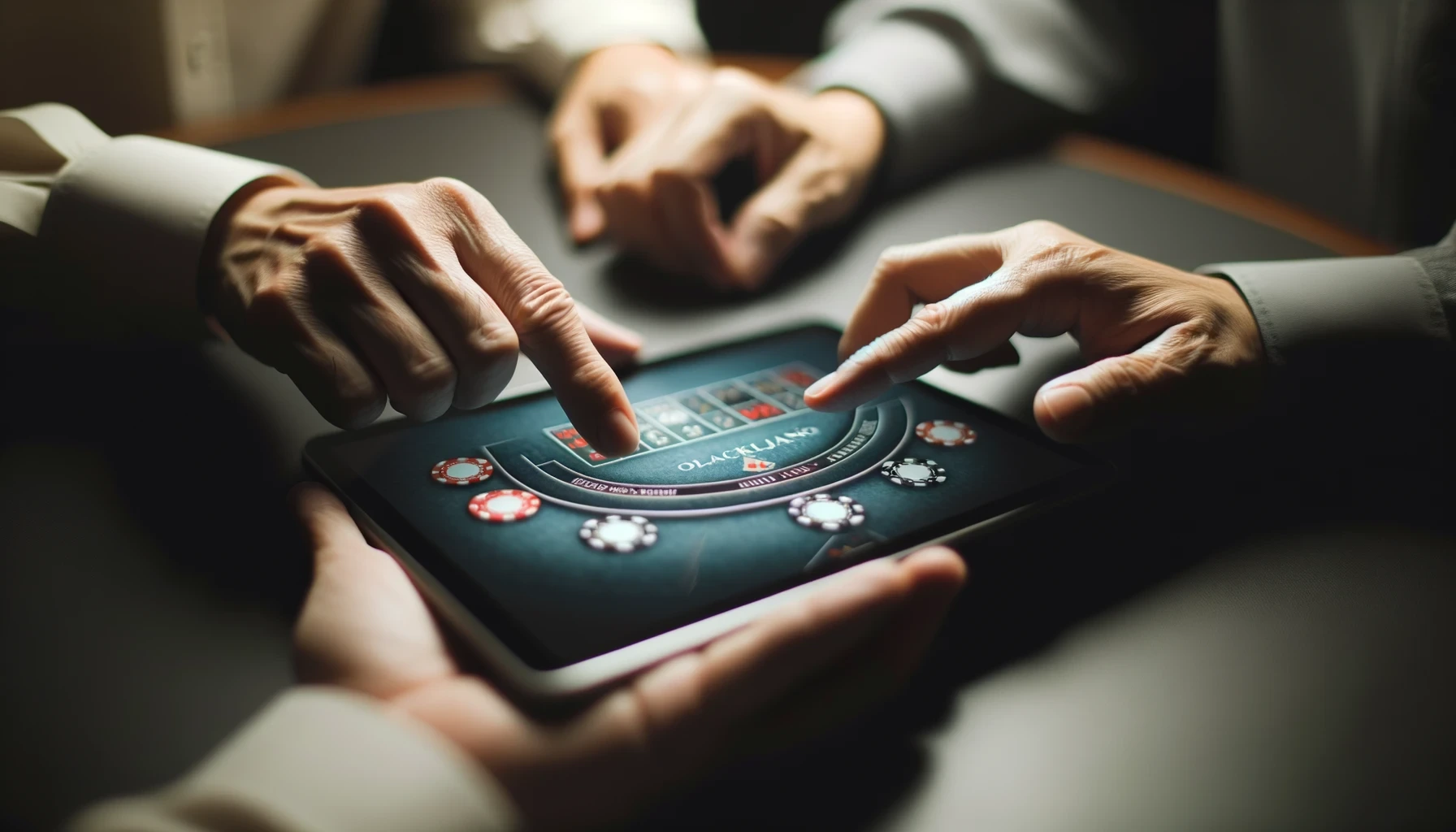
Navigating the complexities of blackjack strategy can be daunting. To truly reduce the house edge, perfect mastery of the basic strategy is crucial.
This means becoming intimately familiar with every detail of the strategy tables. For instance, if someone questions the best move with an A7 against a 5, your immediate response should be “Double!”.
Though studying the tables repeatedly is irreplaceable, we offer several pointers to aid in internalizing these strategies. Note: these tips are tailored for a 6-deck blackjack game where the dealer hits on a soft 17.
200% Welcome Bonus | SPRIBE
200% Welcome Bonus | SPRIBE
- Fastest Indian Rupees Withdrawals
- The Biggest Bonuses in India
- 450% Bonus up to ₹1,000,000
- Always split them.
- If you have a hand value of 13-16 and the dealer shows 2-6, stand.
- Always double down when you have a hand value of 11.
- If your unpaired hand is 8 or below, hit.
- Avoid it, even if offered.
- Never split them.
- Stand firm with A9.
- Always double with A2-A8 if the dealer shows a 6.
- Surrender your hand if you have a total of 16 and the dealer shows a 9, ten, or ace.
- Never split 55.
- If your hand is a hard 17 or more, always stand.
All the tips above are works also in online blackjack, or some of live blackjack version by Evolution gaming, or Ezugi.
Wrapping Up: What’s the Best Blackjack Strategy?
While mastering this game takes time, with practice and dedication, you’ll edge ever closer to mastering the art of blackjack. When you do, the house’s advantage diminishes, making winning ever sweeter.
All You Need to Know About Blackjack Strategy
What is the best blackjack strategy?
The best blackjack strategy is the “Basic Strategy,” which provides optimal moves based on the player’s hand and the dealer’s face-up card. This strategy minimizes the house edge and is based on statistical probabilities.
Is there a trick to winning blackjack?
Is there a trick to winning blackjack?
There is no guaranteed trick or Blackjack strategy to consistently win at blackjack. However, card counting, when done correctly, can give players an advantage over the house. Still, casinos are aware of card counters and have measures to counteract them, like using multiple decks or shuffling often. It’s also worth noting that card counting is not illegal, but casinos may ask counters to leave or bar them from playing blackjack.

